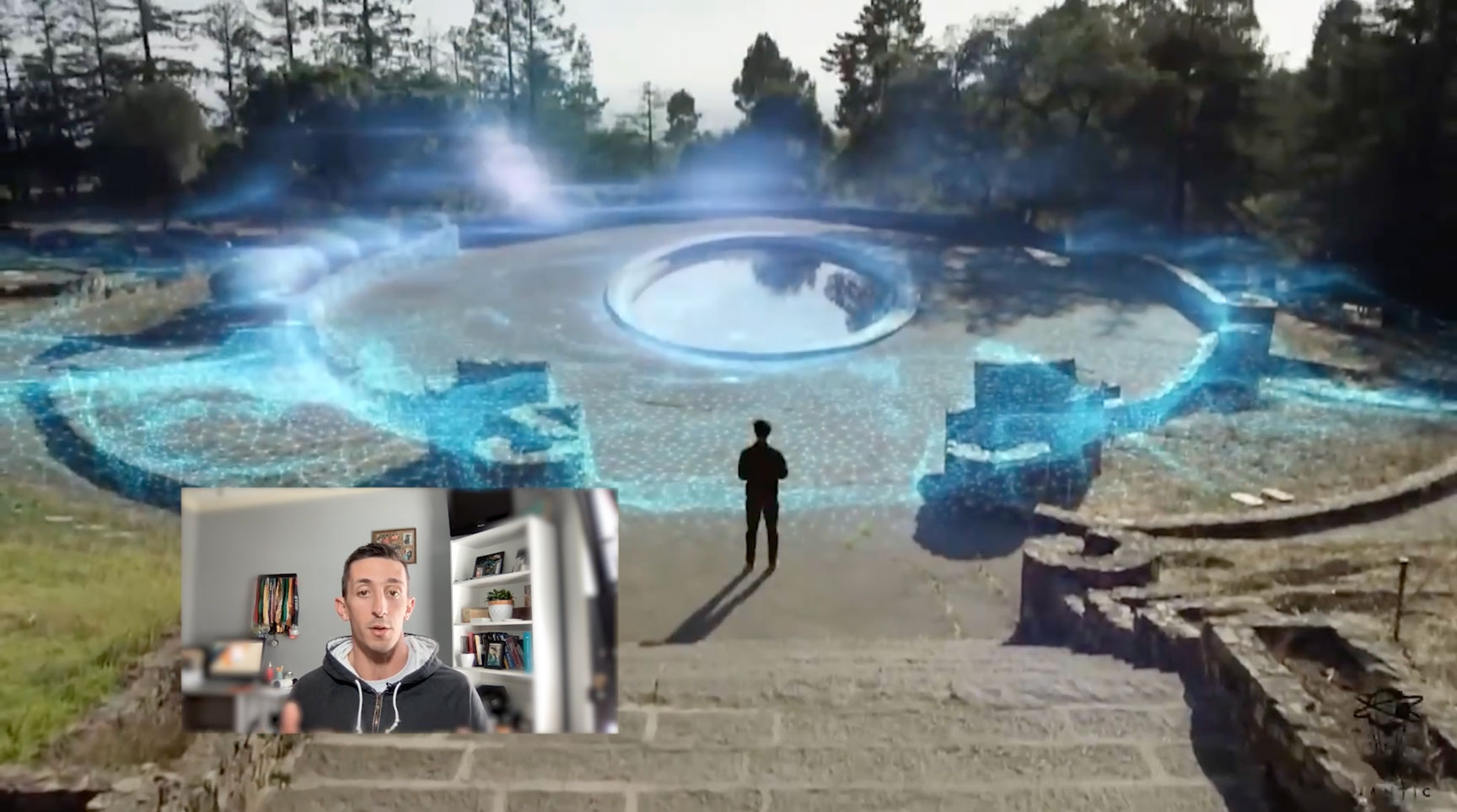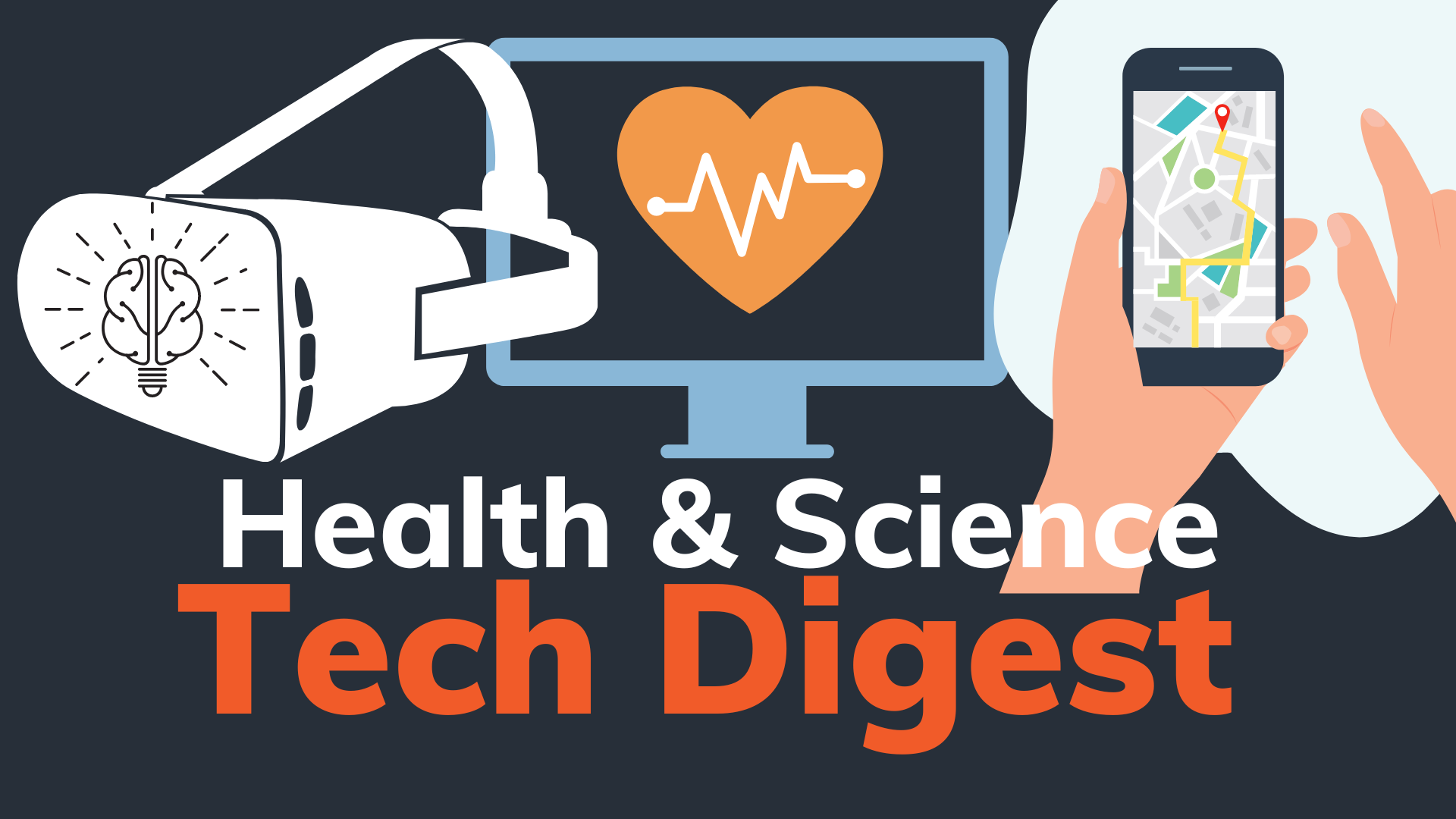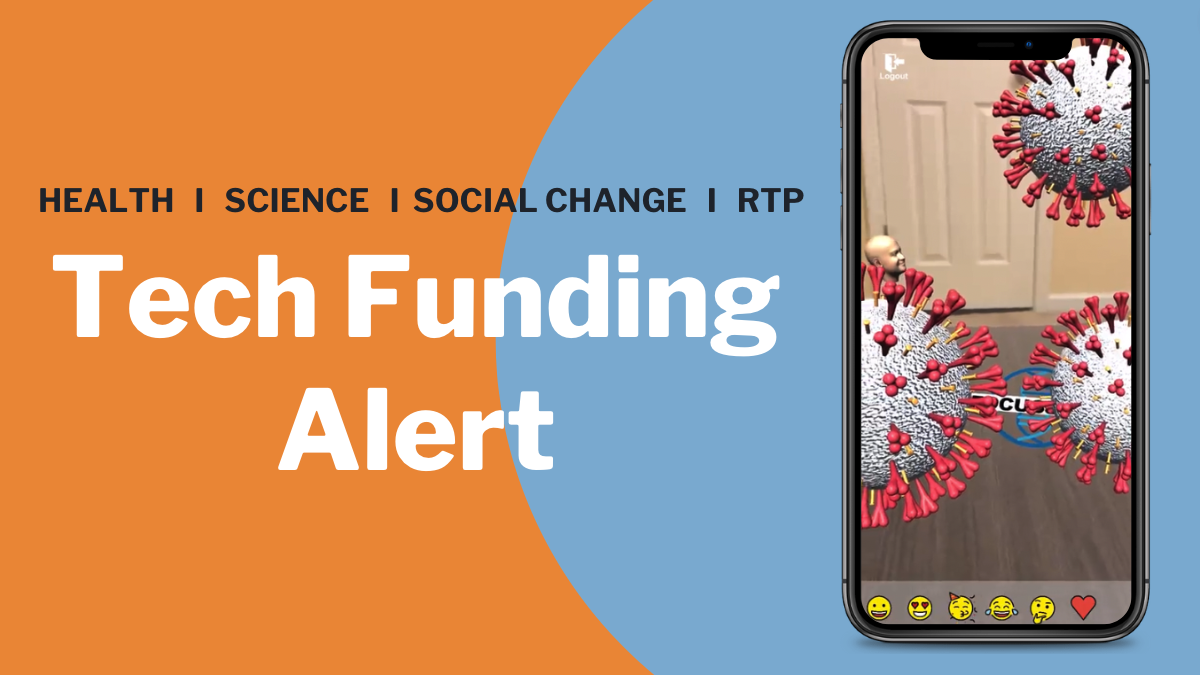Welcome to Episode 4 of Reality Recap! Our video series where I run through some of the top stories in AR and VR and share some insider insight from our experts here at CrossComm — Don Shin and Yash Bangera. Watch the episode, or use the show notes below for a snapshot of the episode.
Reality Recap: Episode 4
Show Notes
Niantec Launches Lightship (:22 - 2:24)
The team that brought us Pokemon Go released a platform for building what it calls “real-world metaverse” apps. The platform is called Lightship and, according to Niantec's CEO, it will let mobile apps identify what a camera is pointed at, map surfaces and depth in real time, or place virtual objects behind physical objects. Most of it is free for developers. They’re also planning to roll out an update this year that will let AR glasses better understand where they are in the world and anchor virtual items to real world locations. Don and Yash discuss how this is an important step for the industry. Read the original article from The Verge.
XYZ Reality's AR Construction Helmet (2:25 - 4:03)
AR construction company XYZ Reality announced a new super accurate AR helmet for construction work to go along with their engineering-grade AR platform. It combines a safety-certified hardhat, augmented reality displays, and some really powerful built-in computing. The device positions holograms of schematic models over a construction site with down-to-the-millimeter accuracy. The guys each had unique perspectives on specialized gear like this. Read the original article on Data Center Dynamics.
FDA Approves VR Chronic Pain Therapy Tool (4:03 - 5:30)
The FDA recently approved a standalone headset for treating chronic pain. The device immerses users in a 3D world where they can complete up to 56 daily treatment sessions. The sessions focus on why the brain causes chronic pain and how to ease it. A clinical study found 66% of users reported a higher than 30% reduction in pain, while 46% reported higher than 50%. Read the original article from Healthline.
FDA Approves VR Lazy Eye Treatment (5:30 - 6:32)
The current solution for treating Lazy Eye is a daily therapy where a sticky patch is placed over the stronger eye to train the weaker eye to work on its own. Obviously that doesn’t do well with kids. Enter a new VR headset with FDA approval to close the gap. It plays popular kids games and shows while blurring the lens of the stronger eye. It’s been approved for 1 hour of use, 6 days a week. Early results show improvement of nearly 2 eye chart lines in 12 weeks. Read the original article from Yahoo.



